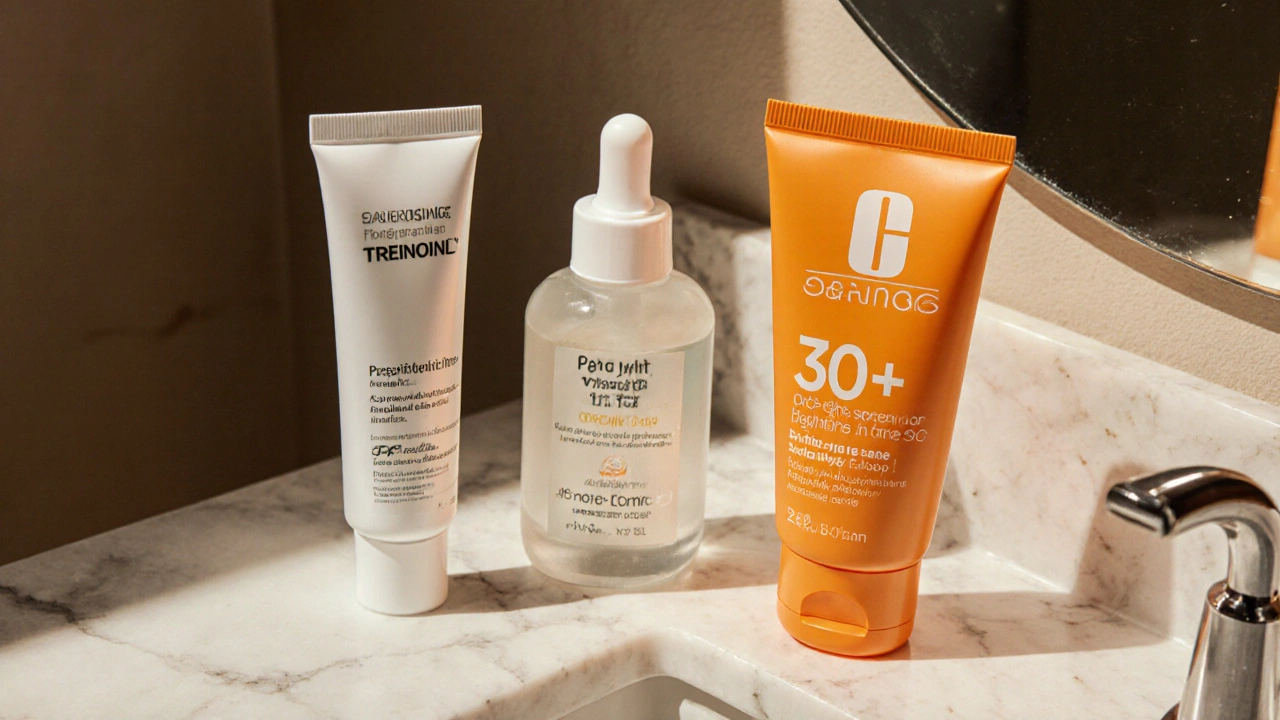Botox: What It Is and Why It Matters for Anti‑Aging
When working with Botox, a purified protein that temporarily relaxes facial muscles to smooth wrinkles. Also known as Botulinum toxin type A, it has become a staple in modern aesthetic medicine. Botox is a type of neuromodulator, approved by health authorities for cosmetic use, and it targets dynamic lines caused by repeated muscle movement.
How Neuromodulators Like Botox Work
Botox belongs to the broader class of Neuromodulators, substances that block nerve signals to muscles, reducing contractions that form wrinkles. By preventing acetylcholine release at the nerve‑muscle junction, neuromodulators halt the formation of new lines while existing ones soften. This mechanism makes Botox a go‑to choice for forehead, frown, and crow‑feet treatment, and it also lays the groundwork for smoother outcomes when combined with other anti‑aging solutions.
People often wonder how Botox differs from Dermal Fillers, injectable gels that add volume beneath the skin to lift and smooth static lines. Fillers target loss of tissue volume, while Botox relaxes the muscles that pull skin inward. Used together, they can address both depth and tension: Botox calms motion‑related wrinkles, and fillers restore youthful contours. This synergy is why many clinics offer combined packages, giving clients a comprehensive facelift without surgery.
Beyond injectables, Botox sits within a larger ecosystem of Anti‑Aging Treatments, methods that aim to preserve or restore youthful skin appearance. These include medical‑grade skincare, natural face tighteners, and emerging anti‑aging drugs. For instance, a high‑quality retinol serum can boost collagen, while a natural face‑tightening cream offers a non‑invasive lift. When you pair a consistent skincare routine with Botox, the results often last longer because the skin’s structural integrity improves alongside reduced muscle activity.
Understanding how Botox interacts with other treatments helps you set realistic expectations and plan a schedule that maximizes benefits. Below you’ll find articles that break down organic vs. medical skincare, explain the role of anti‑aging drugs, and give practical tips for choosing the right facial treatment for your age and skin type. Armed with this context, you’ll be ready to decide whether Botox, fillers, or a combination fits your aesthetic goals.
Effective Solutions for Wrinkles: What Really Works?
Discover which wrinkle solutions truly work-from retinoids and Botox to laser resurfacing-plus a step‑by‑step plan, comparison table, and myths busted.

